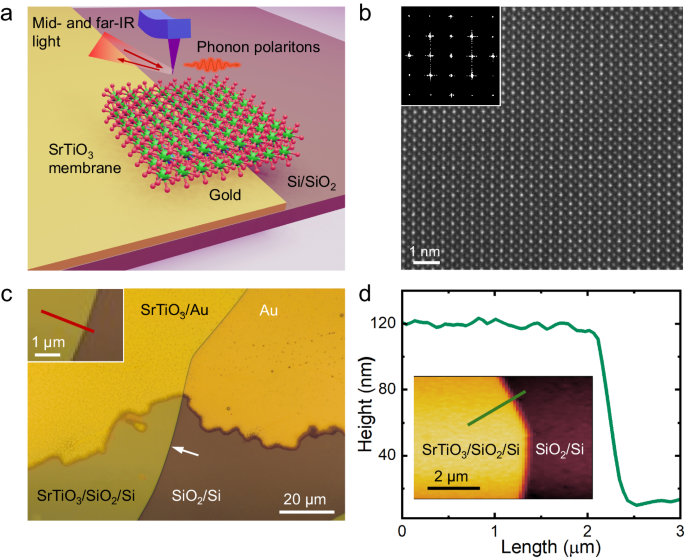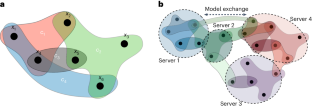2024-06-10 ノースカロライナ州立大学(NCState)
<関連情報>
- https://news.ncsu.edu/2024/06/squeezing-infrared-light/
- https://www.nature.com/articles/s41467-024-47917-x
SrTiO3膜におけるイプシロン-ニア-ゼロおよび表面フォノンポラリトンの高閉じ込め Highly confined epsilon-near-zero and surface phonon polaritons in SrTiO3 membranes
Ruijuan Xu,Iris Crassee,Hans A. Bechtel,Yixi Zhou,Adrien Bercher,Lukas Korosec,Carl Willem Rischau,Jérémie Teyssier,Kevin J. Crust,Yonghun Lee,Stephanie N. Gilbert Corder,Jiarui Li,Jennifer A. Dionne,Harold Y. Hwang,Alexey B. Kuzmenko & Yin Liu
Nature Communications Published:04 June 2024
DOI:https://doi.org/10.1038/s41467-024-47917-x

Abstract
Recent theoretical studies have suggested that transition metal perovskite oxide membranes can enable surface phonon polaritons in the infrared range with low loss and much stronger subwavelength confinement than bulk crystals. Such modes, however, have not been experimentally observed so far. Here, using a combination of far-field Fourier-transform infrared (FTIR) spectroscopy and near-field synchrotron infrared nanospectroscopy (SINS) imaging, we study the phonon polaritons in a 100 nm thick freestanding crystalline membrane of SrTiO3 transferred on metallic and dielectric substrates. We observe a symmetric-antisymmetric mode splitting giving rise to epsilon-near-zero and Berreman modes as well as highly confined (by a factor of 10) propagating phonon polaritons, both of which result from the deep-subwavelength thickness of the membranes. Theoretical modeling based on the analytical finite-dipole model and numerical finite-difference methods fully corroborate the experimental results. Our work reveals the potential of oxide membranes as a promising platform for infrared photonics and polaritonics.



